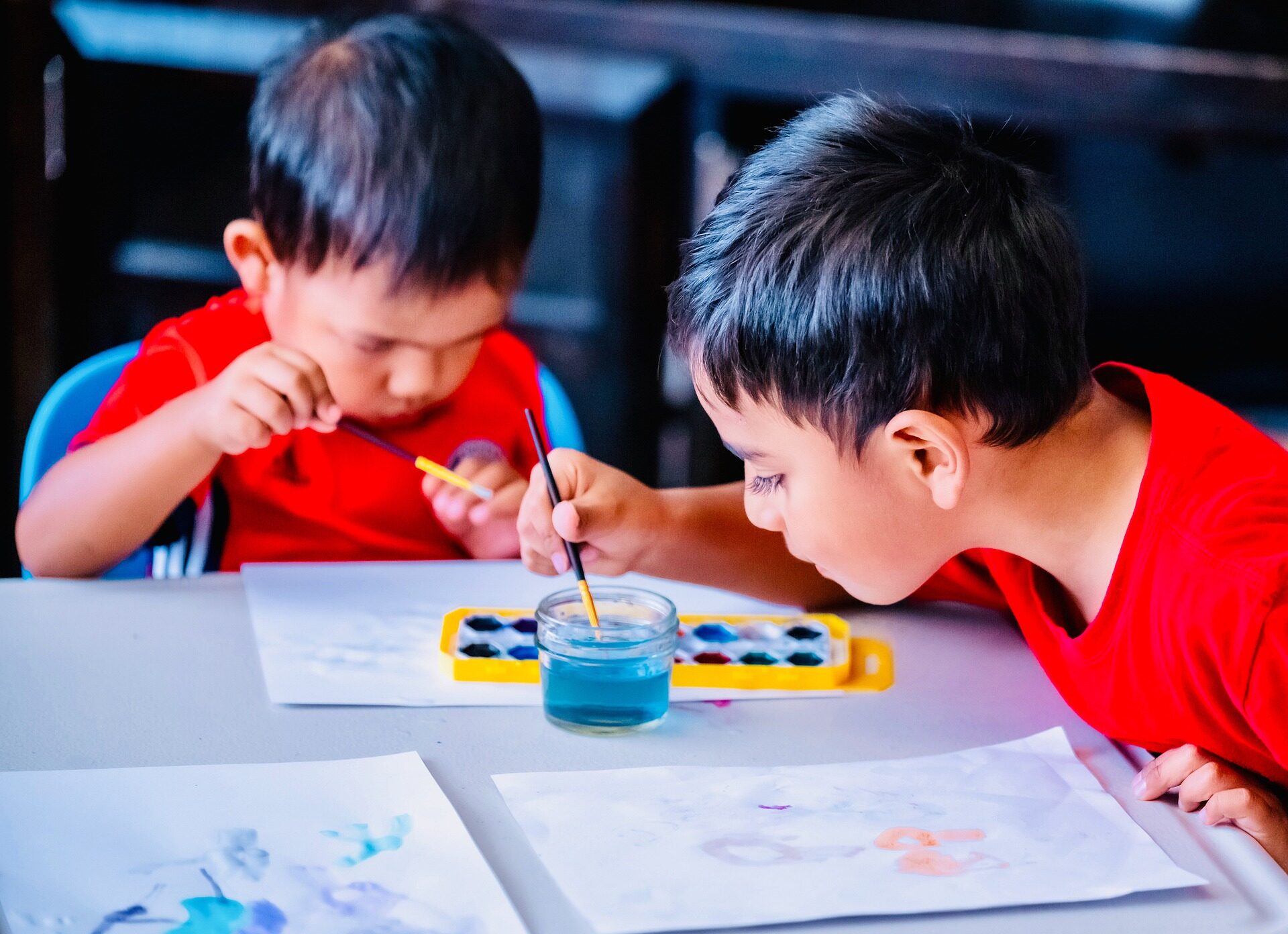Montessori Homeschool Principles
Homeschooling, in general, can be overwhelming. And if you’ve decided to adopt a Montessori approach to homeschooling, it can feel even more daunting. However, it doesn’t have to be this way. Although the traditional Montessori method can appear rigid, Montessori doesn’t have to fit into a box. The way it looks for you and your family may look very different from another’s. So give yourself grace and flexibility. To help you do that, we’ve outlined a few basic Montessori homeschool tips below. These tips can help improve your homeschool experience without added stress or fanfare.
You may feel like your space needs to look like the pictures you see online or else you’re not doing it right. Keep in mind that Montessori education is not just about having all the right stuff. It can be easy to think that you’ve adopted a Montessori approach simply because of the way your classroom looks. Although the well-organized trays and low-lying wooden furniture are helpful, the method is about so much more than that. Montessori is about nurturing each child’s natural desire for knowledge, understanding, and respect. These principles are the ultimate key to a successful Montessori homeschool. So our Montessori homeschool tips start with first reviewing these principles.
Individualism, Independence, and Respect
These are three core principles of the Montessori method. Honoring these means making sure each child has what they need to fully grow and develop in their environment. When we see each child as an individual, we are respecting them. This doesn’t mean filling your space with endless options. It means being intentional in choosing which materials to have.
A Montessori approach means inviting children to take responsibility for themselves and their environment. Examples of this include the child cleaning their space, preparing their food, or dressing themselves. This goes back to Dr. Montessori’s belief that a child should attempt most tasks on their own before being assisted.
Observation
This can be a hard one, as it may go against your instinct to “instruct.” But when we properly observe our children, we are more prepared to identify what activities and what type of environment will best serve them.
Hands-on Learning
This ties into our role as the observer, someone who takes a step back. The best way children learn is through experience. So a Montessori approach would be allowing children to touch, feel, and do, rather than sitting at a desk listening to a teacher.
The Physical Space
The typical (non-Montessori) classroom often means walls covered in brightly colored decorations with plastic materials cluttered around the room.
A Montessori classroom, on the other hand, takes a minimalist approach, in which less is more. The few materials that exist are carefully selected. Everything is within reach of the child and is easily accessible.
When searching for materials, you will find that most are geared towards classrooms with many children and are not suitable for homeschooling. Fortunately, Montessori by Mom offers Montessori subscription toolboxes with the homeschool environment in mind.
Montessori Homeschool Tips to Improve the Physical Space
Organization
Organization is essential to the Montessori method. This doesn’t have to mean military-level organization, but the environment should be orderly enough that your child can access everything. Less is more. And less also means less to organize. More importantly, studies on the importance of focused attention for children have shown that highly decorated classrooms with more stuff distract children. Findings showed lower test scores from children in the decorated classrooms than those taught in more simple, uncluttered environments.
Appropriate Materials
Select materials that are both functional and aesthetically pleasing. A beautiful space sets Montessori school apart from the rest. But this should also be true for the materials. Choose colors and textures that will entice your child and inspire creativity. Natural materials made of wood, silk, wool, or even glass (yes, glass) are typical in the Montessori space. Colors are bright and warm. The materials create a multi-sensory experience and create a calm learning environment.
Movement, Movement, Movement
 One of the key components of the Montessori approach is physical movement. In some school settings, a fidgety child may be labeled with a learning disorder. However, Dr. Montessori saw the stationary child as something to be avoided. Make sure activities allow students ample opportunity to be up and moving their bodies. The Movement and Motion Montessori toolbox is an excellent tool to ensure your child is getting physical activity while learning grammar at the same time.
One of the key components of the Montessori approach is physical movement. In some school settings, a fidgety child may be labeled with a learning disorder. However, Dr. Montessori saw the stationary child as something to be avoided. Make sure activities allow students ample opportunity to be up and moving their bodies. The Movement and Motion Montessori toolbox is an excellent tool to ensure your child is getting physical activity while learning grammar at the same time.
Expand Your Classroom
A great advantage of homeschooling is the ability to bring the kids outside at any time. Take advantage of that and let them explore all that nature has to offer. The outdoors is an incredible classroom.
Take It Back to the Basics
The Montessori method was founded more than 100 years ago. So while the original framework is still relevant to children today, there is a lot that needs updating to fit our current world. If you can align your homeschooling to the Montessori principles in a way that works for you, then you can mark down that as a big success. What are your best Montessori homeschool tips? Let us know in the comments!





0 Comments